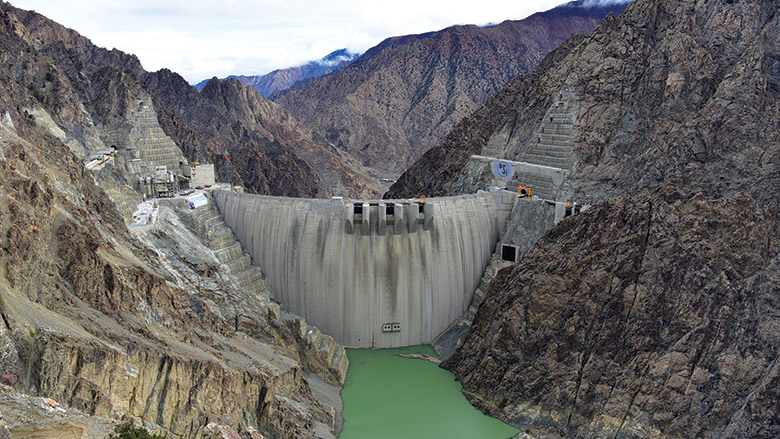Experts warn huge dams in Turkey near seismic zones may cause major disasters in Turkey, Syria, and Iraq
MALATYA, Turkey — Last week’s earthquake in Turkey caused widespread destruction, collapsing thousands of buildings and killing tens of thousands of people. Infrastructure across the region was damaged or destroyed. Following reports that the deadly earthquake had caused visible cracking to the Sultansuyu Dam in Malatya, Turkish authorities opened the dam as a precautionary measure.
“Since there is no settlement in the continuation of the Sultansuyu Dam and there is another dam after it, we started to drain its water,” said Agriculture and Forestry Minister Vahit Kirişçi. “There are minor leaks in some dams, but they are not in a critical condition.”

Videos circulated on social media also show authorities opened some of the gates of the Ataturk Dam, likely as a precautionary measure although no official comment has been released.
The Ataturk Dam is situated along the Euphrates River and is the third largest dam in the world.
Media outlets owned or aligned with the government have claimed that the dams built on the Euphrates and Tigris rivers are of a “special kind” and are not affected by earthquakes.
However, some earthquake experts confirmed that huge dams located in earthquake zones, especially a dam the size of the Ataturk Dam, are “time bombs” that may cause major disasters in Turkey, Syria, and Iraq.
Seismic risk analysis conducted by Dr. Hasan Tosun, entitled Earthquakes and Dams published on 20 May 2015, expresses concern over the proximity and alignment of the Ataturk Dam relative to the Bozova Fault. According to Tosun’s research the fault is a significant risk factor.
The Bozova Fault is located a mere 3.0 km from the dam and runs parallel to it. The fault is capable of producing earthquakes up to 6.5–7.0 magnitude. The study determined the total risk factor (TRF) of the dam to be 146.5, a Category III risk.
A Category III risk means that there is high risk to life and property below the dam reservoir.
A recent 2021 study analyzed the relationship between the Ataturk Reservoir and earthquakes in the area. It found that there has been an increase in local seismicity since the construction of the dam in 1990 only partly attributed to water loading operations. The report suggested that the reservoir has increased seismic activity near the dam as a result of a progressive increase of the effective stresses due to increased pore pressure.

Although the release of water as a result of the earthquake damage is alarming, there could be an unintended upside. Communities downstream from Turkish dams, particularly in Syria and Iraq, are seeing local water flows increase for the first time in years.
The government of Turkish President Recep Tayyip Erdogan has controversially, and illegally, reduced downstream water flows in violation of its agreements with Syria. The restricted flow of water in the Euphrates and other rivers, such as the Khabur, have caused severe water shortages in Syria and Iraq. The Khabur River, the heart of the Syriac–Assyrian communities that live along its banks, has become little more than a dry riverbed.
#Hassakah #NESyria :#earthquake
The flow of #Khabur River in #Al_Hasakah after three years of interruption by the #Turkish side pic.twitter.com/168wxKXnSu
— MOHAMMED HASSAN (@MHJournalist) February 9, 2023























